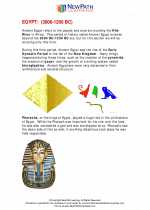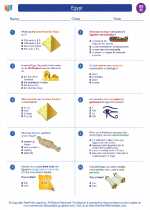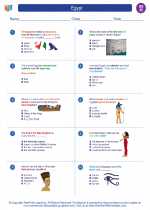Pharaohs in Ancient Egypt
In ancient Egypt, the pharaoh was the ruler and considered to be a god on earth. The word "pharaoh" means "great house" in ancient Egyptian and originally referred to the royal palace. Over time, it became the title used to address the king of Egypt. The pharaoh was not only the political leader but also the religious leader, overseeing the complex religious rituals and ceremonies that were central to Egyptian society.
Role of the Pharaoh
The pharaoh was believed to be the intermediary between the gods and the people, responsible for maintaining order and harmony in the kingdom. They were considered divine and were often depicted in art and inscriptions as larger than life figures, with the body of a human and the head of a falcon, symbolizing the god Horus.
Pharaohs were responsible for the construction of monumental architecture such as the pyramids and temples, as well as overseeing the administration of the kingdom, including the collection of taxes and the distribution of resources. They also led the military and were expected to protect the kingdom from external threats.
Succession and Legacy
Succession to the throne in ancient Egypt was typically hereditary, passing from father to son. However, there were periods of history where women, such as Hatshepsut and Cleopatra, held the title of pharaoh. The reign of different pharaohs was marked by their achievements, military conquests, and contributions to art, architecture, and religion.
Study Guide
- What does the word "pharaoh" mean in ancient Egyptian?
- What were the roles of the pharaoh in ancient Egypt?
- How were pharaohs depicted in ancient Egyptian art?
- What were the responsibilities of the pharaoh in governing the kingdom?
- Describe the succession to the throne in ancient Egypt.
- Identify one female pharaoh from ancient Egypt and describe her reign.
Studying the pharaohs of ancient Egypt provides insight into the complex religious, political, and social structures of one of the world's oldest civilizations.




